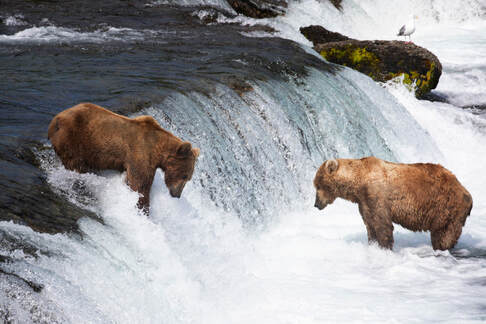 Alaska Big Five Wildlife- "The Perfect Theater of Life" Alaska Big Five Wildlife- "The Perfect Theater of Life" For those with the spirit of a true explorer, nothing beats the thrill and awe-inspiring magic of observing wildlife in its natural habitat. And where better to experience this magic than the vast, pristine wilderness during an Alaska Vacation featuring the greatest wildlife theater in North America. With its diverse terrains and abundant wildlife, Alaska is the perfect stage where the play of nature unfolds in its purest form uninterrupted without borders or fences. In the Summer, Alaska is known as the "Land of the Midnight Sun" with up to 20 plus hours of sunlight for visitors on an Alaskan Vacation to see and experience more wildlife encounters. For the Ultimate Alaska Authentic Experience, let's wander across the Alaskan tundra and navigate its cool, glacial waters as we meet Alaska’s "Big Five Wildlife" Land and Sea Mammals, along with some distinguished feathered friends. Alaska’s Big Five: Stars of the Land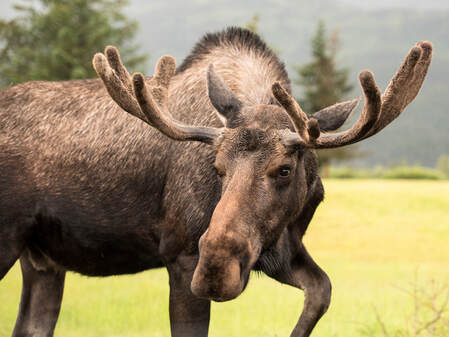 Alaskan Moose Alaskan Moose 1) Moose: Standing tall with their towering antlers, moose are a common yet thrilling sight in Alaska - especially around Anchorage. They are the largest member of the deer family and their size, grace, and navigation through the thick Alaskan brush is truly a sight to behold. Only the males carry antlers and don't get too close as Moose are notorious for being feisty and can charge. 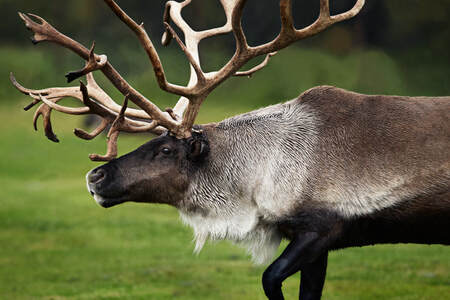 Alaskan Caribou Alaskan Caribou 2) Caribou: Roaming across the tundra in enormous herds, the caribou is a symbol of the wild and unspoiled nature of Alaska. It’s incredible to see them in their yearly migration in which they can travel up to 50 miles per day, a spectacle that has played out over millennia. Fun Fact: Caribous in Europe are called Reindeer. 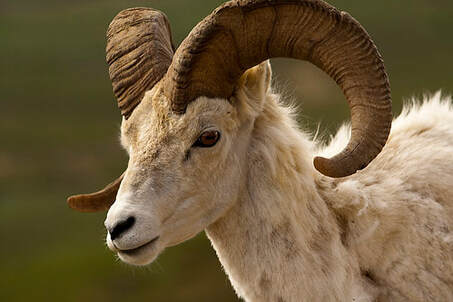 Alaskan Dall Sheep Alaskan Dall Sheep 3) Dall Sheep: Famous for their curling horns, these mountain dwellers can be seen perched near steep cliffs in mountain ranges such as the Alaska Range and the Chugach Mountains. Females (known as ewes) also carry horns and can Dall Sheep can live up to 12 years of age. 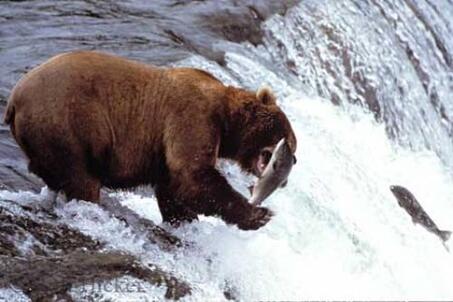 Alaskan Grizzly Bear Alaskan Grizzly Bear 4) Grizzly Bear: A sign of true wilderness, grizzly bears are formidable and engrossing to watch in the wild. The McNeil River State Game Sanctuary is known for the safest and most reliable bear viewing. Alaska has an estimated 30,000 brown bears statewide so there is a good chance you may see one. For the ultimate bear viewing opportunity get to Brooks Falls in Katmai National Park from June to September to watch bears fish and feast on the Salmon run so they can "fatten" up before they hibernate for the winter. We have some exclusive tours for this rare and limited opportunity to reach out when ready. 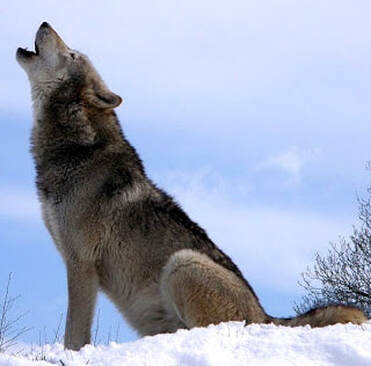 Alaskan Gray Wolf Alaskan Gray Wolf 5) Gray Wolf: Stealthy and elusive, spotting a gray wolf in the Denali National Park is a rare treat, a testament of Alaska's untouched wilderness. Wolves are social animals and usually live in social order packs that include parents and pups of the year. The average pack size is six or seven animals, and pack members often include some yearlings and other adults. Alaska’s Big Five:Wildlife at Sea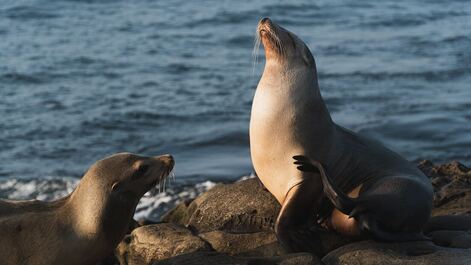 Alaskan Sea Lion Alaskan Sea Lion 1) Steller Sea Lion: The sight of these robust, noisy creatures loafing around on rocky coasts is a common attraction along Alaska’s coastline. Steller Sea Lions can migrate from Alaska to California for food, mating and birthing. Steller sea lion females exhibit high site fidelity, generally using the same rookeries to breed and birth their pups each year. These sites are usually on remote islands where access by predators is limited. 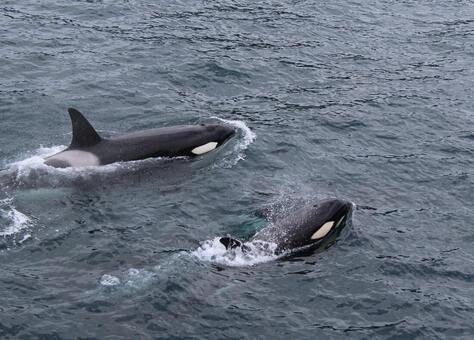 Alaskan Orcas or "Killer Whales" Alaskan Orcas or "Killer Whales" 2) Orca: Witness the thrill of orcas breaching around Prince William Sound and Kenai Fjords National Park. Orcas also known as "Killer Whales" are smart, powerful, graceful and live and hunt in packs. Just be careful if you encounter a wild Orca as they are master predator and may not be as friendly as "Willy" from the movies or "Namu" from Seaworld. 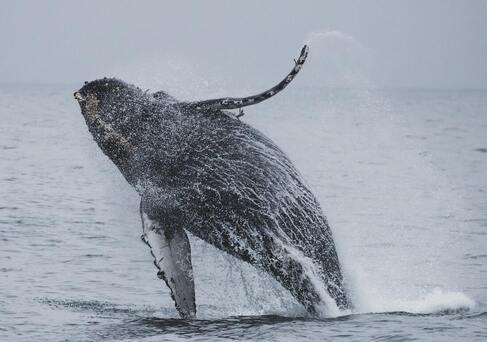 Alaska Humpback Whale Breaching Alaska Humpback Whale Breaching 3) Humpback Whale: Whale watching is an Alaskan tradition! Seeing humpbacks lunge-feeding or breaching in the waters of Alaska is a lifetime memory. Humpback whales are found in the Barren Islands between Homer and Kodiak in summer. June and July are the best months to see them feed by bubble-netting where a group of whales will blow a net of bubbles to surround and confuse their prey then swim through the center, jaws wide, to scoop up the food 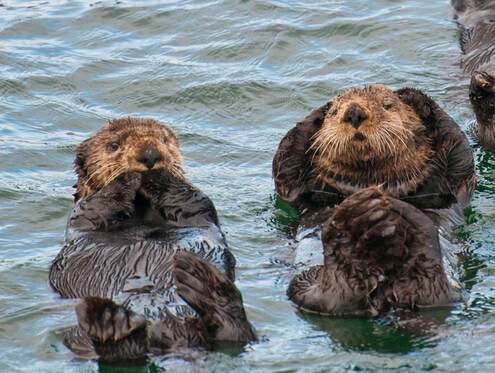 Alaskan Sea Otters Alaskan Sea Otters 4) Sea Otter: Famous for their tool usage, sea otters are a charming spectacle in waters as they play and fish around the Kenai Peninsula and the Aleutian Islands. Adult sea otters may grow up to 5 feet in length. The males weigh 80–100 pounds but can weigh more than 100 pounds. The females are smaller, weighing 50–70 pounds. 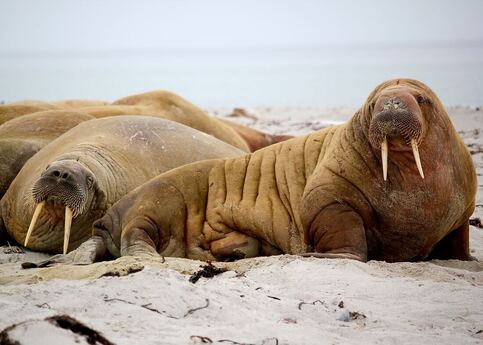 Walrus in Alaska Walrus in Alaska 5) Walrus: Gargantuan and somewhat comical, walruses can be found hauled out on beaches in the Bering Strait. Adult males, or bulls, are up 12 feet long and may weigh up to 2 tons; although females are smaller they can weigh more than 1 ton. Bulls are identified by their larger size, broad muzzle, heavier tusks, and many large bumps on their neck and shoulders called “bosses”. 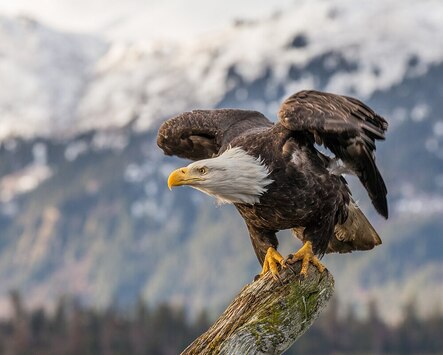 Alaska has the largest population of Bald Eagles Alaska has the largest population of Bald Eagles The Eagle’s Realm: Sharing the skies of this wondrous land is the iconic bald eagle. Mostly found along Alaska’s coastline and river systems, these mighty birds have been a symbol of strength and freedom. Found only in North America, bald eagles are more abundant in Alaska than anywhere else in the United States. The Alaska population is estimated at 30,000 birds. The congregation of bald eagles at the Chilkat Bald Eagle Preserve in winter is a photographer’s dream and a birdwatcher’s paradise. If you cruise Alaska's Inside passage, you will definitely view lots of Bald Eagles. Summary:
Alaska, with its rich assortment of land and sea animals and stunning birds, truly presents matchless wildlife viewing opportunities. Witnessing them in their pure element is not just a spectacular spectacle, but also a silent conversation with nature itself. I hope this encourages your readers to embark on an Alaskan adventure. For Additional Information on Alaska Vacations or Traveling to Alaska, Check out our dedicated Alaska Travel Webpage Share the knowledge
0 Comments
Your comment will be posted after it is approved.
Leave a Reply. |
Dan M.
Notes from your travel advisor... more about Dan Archives
July 2024
Categories
All
|
COMPANY |
QUICK LINKS |
CONTACT7491 N. Federal Hwy. C-5, #286
Boca Raton, FL 33487 USA Mon-Sat - 10am -6pm EST 561-279-2500 [email protected] Let's Chat |
Top Group Travel d/b/a Meister Meetings & Travel Corp. © 2024 | All rights reserved | FLST #41916 | CST #2114496-40

 RSS Feed
RSS Feed
